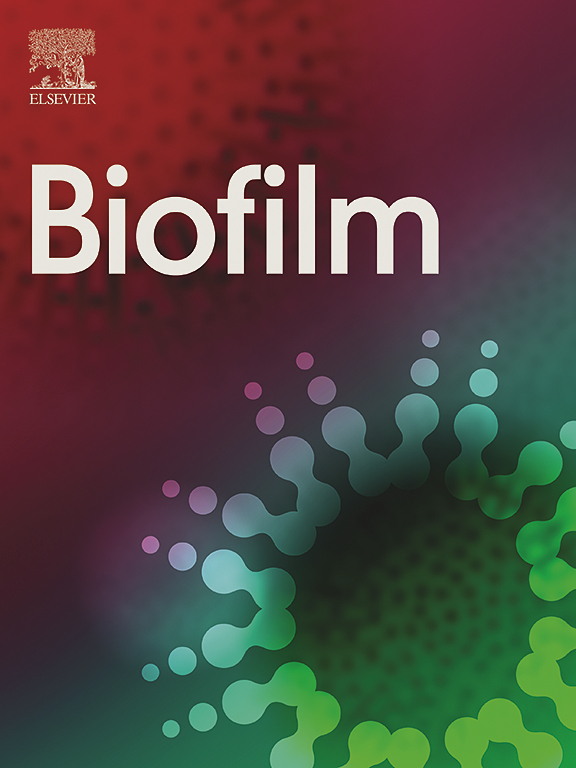Spatial structure of yeast biofilms and the role of cell adhesion across different media
IF 4.9
Q1 MICROBIOLOGY
引用次数: 0
Abstract
The ability of yeast cells to adhere to solid surfaces or even penetrate semi-solid surfaces and form multicellular biofilms are critical factors in infection. This study examines the relationship between cell adhesion capability and the ability to create spatially organized biofilms in selected Saccharomyces cerevisiae strains, including clinical isolates, and five Candida species (C. albicans, C. glabrata, C. krusei, C. parapsilosis, and C. tropicalis). We assessed cell adhesion to polystyrene surface in four media varying in source of carbon and other nutrients. Using microscopy of vertical cell arrangement profiles within yeast populations grown at the solid-liquid interface, we evaluated their internal organization to determine whether the populations exhibit typical biofilm characteristics, such as the spatial organization of distinct cell types. Results indicate that well adherent S. cerevisiae strains form spatial biofilms with typical internal organization, highlighting strain-specific responses to media composition and supporting the use of natural S. cerevisiae strains for biofilm research. Among Candida species, biofilm formation did not consistently align with adhesion efficiency to plastic; while C. albicans and C. krusei formed spatially structured biofilms on media where they adhered well, C. tropicalis and C. glabrata exhibited efficient adhesion without biofilm structuring. Interestingly, C. parapsilosis formed a structured biofilm despite minimal adhesion. These findings emphasize the role of media composition, particularly components of yeast extract and defined medium for mammalian cell growth RPMI, which differentially impacted adhesion and biofilm formation in S. cerevisiae and C. albicans.
酵母生物膜的空间结构及细胞在不同介质上的粘附作用
酵母细胞粘附于固体表面甚至穿透半固体表面并形成多细胞生物膜的能力是感染的关键因素。本研究考察了选定的酿酒酵母菌菌株(包括临床分离株)和五种念珠菌(白色酵母菌、光露酵母菌、克鲁塞酵母菌、副酵母菌和热带酵母菌)的细胞粘附能力与产生空间组织生物膜的能力之间的关系。我们评估了细胞粘附在聚苯乙烯表面的四种介质不同来源的碳和其他营养物质。利用显微镜观察生长在固液界面的酵母群体的垂直细胞排列曲线,我们评估了它们的内部组织,以确定群体是否表现出典型的生物膜特征,如不同细胞类型的空间组织。结果表明,粘附良好的酿酒葡萄球菌菌株形成具有典型内部组织的空间生物膜,突出了菌株对培养基组成的特异性反应,并支持使用天然酿酒葡萄球菌菌株进行生物膜研究。在念珠菌种类中,生物膜的形成并不总是与塑料的粘附效率一致;白色念珠菌和克氏念珠菌在粘附良好的培养基上形成空间结构的生物膜,而热带念珠菌和光滑念珠菌在没有生物膜结构的情况下表现出有效的粘附。有趣的是,尽管粘连最小,但C. parapsilosis形成了一个结构化的生物膜。这些发现强调了培养基组成的作用,特别是酵母提取物的成分和哺乳动物细胞生长RPMI的定义培养基,它们对酿酒酵母和白色念珠菌的粘附和生物膜形成有不同的影响。
本文章由计算机程序翻译,如有差异,请以英文原文为准。
求助全文
约1分钟内获得全文
求助全文

 求助内容:
求助内容: 应助结果提醒方式:
应助结果提醒方式:


